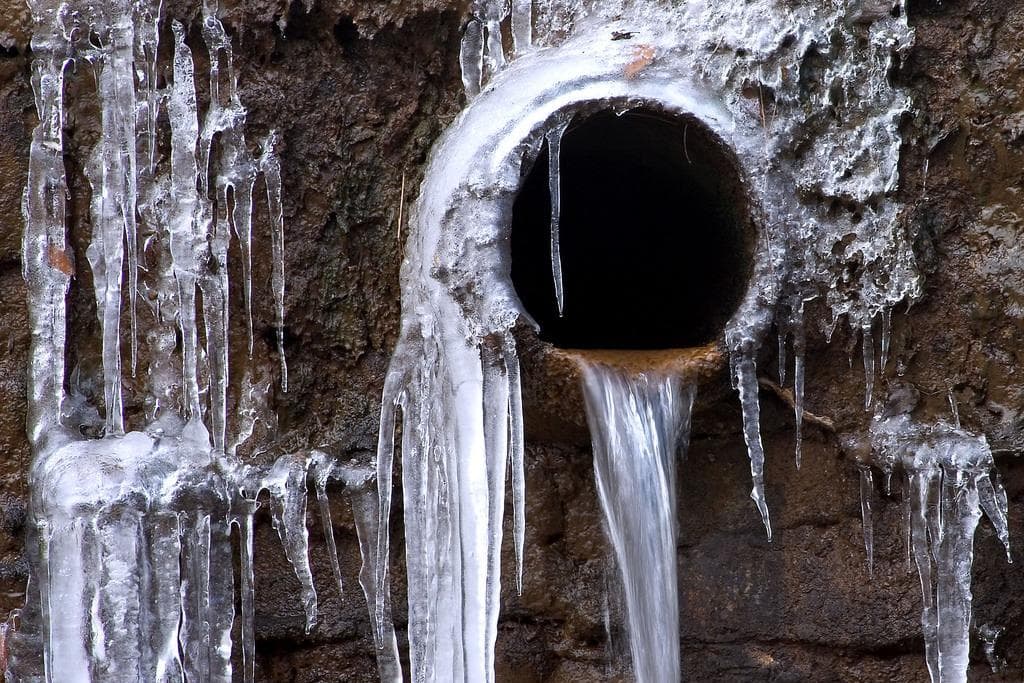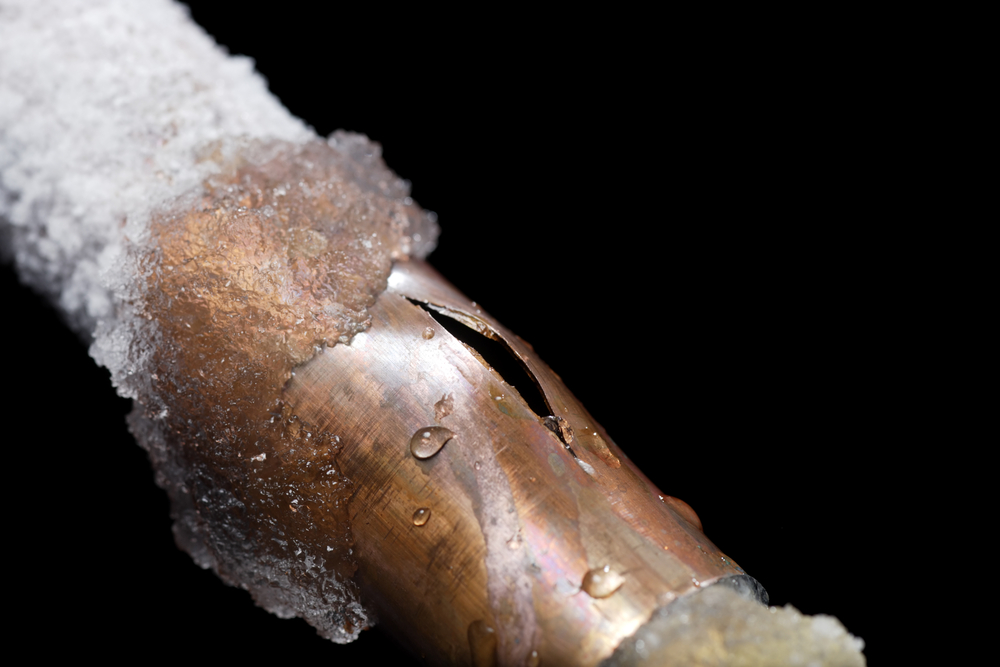Here below you can locate a good deal of sensible material related to Helpful Tips to Prevent Frozen Pipes this Winter.

Cold weather can damage your plumbing, specifically by freezing pipes. Here's how to avoid it from taking place and what to do if it does.
Intro
As temperature levels decrease, the risk of frozen pipelines increases, possibly bring about costly repair work and water damages. Recognizing how to stop frozen pipes is critical for house owners in cool climates.
Recognizing Icy Pipelines
What triggers pipelines to freeze?
Pipes freeze when subjected to temperatures listed below 32 ° F (0 ° C) for prolonged durations. As water inside the pipelines ices up, it increases, taxing the pipe wall surfaces and potentially triggering them to burst.
Threats and problems
Frozen pipes can cause water disturbances, home damages, and expensive fixings. Ruptured pipelines can flood homes and create substantial architectural damages.
Signs of Frozen Pipeline
Determining frozen pipes early can prevent them from breaking.
Just how to recognize frozen pipes
Try to find reduced water circulation from faucets, unusual smells or noises from pipes, and noticeable frost on exposed pipes.
Avoidance Tips
Insulating prone pipelines
Cover pipelines in insulation sleeves or use warm tape to secure them from freezing temperature levels. Concentrate on pipelines in unheated or outside areas of the home.
Heating techniques
Keep indoor rooms sufficiently heated up, particularly areas with pipes. Open up cupboard doors to allow warm air to flow around pipes under sinks.
Protecting Exterior Plumbing
Yard hoses and outside taps
Detach and drain pipes garden tubes prior to winter season. Install frost-proof spigots or cover exterior faucets with shielded caps.
What to Do If Your Pipes Freeze
Immediate actions to take
If you believe frozen pipes, keep taps open up to soothe pressure as the ice melts. Make use of a hairdryer or towels soaked in hot water to thaw pipes slowly.
Long-Term Solutions
Structural adjustments
Think about rerouting pipes away from exterior wall surfaces or unheated locations. Include additional insulation to attics, basements, and crawl spaces.
Upgrading insulation
Purchase top notch insulation for pipes, attic rooms, and wall surfaces. Proper insulation aids keep regular temperatures and reduces the risk of frozen pipelines.
Verdict
Preventing frozen pipelines calls for aggressive procedures and quick responses. By understanding the reasons, indicators, and safety nets, property owners can protect their pipes during winter.
5 Ways to Prevent Frozen Pipes
Drain Outdoor Faucets and Disconnect Hoses
First, close the shut-off valve that controls the flow of water in the pipe to your outdoor faucet. Then, head outside to disconnect and drain your hose and open the outdoor faucet to allow the water to completely drain out of the line. Turn off the faucet when done. Finally, head back to the shut-off valve and drain the remaining water inside the pipe into a bucket or container. Additionally, if you have a home irrigation system, you should consider hiring an expert to clear the system of water each year.
Insulate Pipes
One of the best and most cost-effective methods for preventing frozen water pipes is to wrap your pipes with insulation. This is especially important for areas in your home that aren’t exposed to heat, such as an attic. We suggest using foam sleeves, which can typically be found at your local hardware store.
Keep Heat Running at 65
Your pipes are located inside your walls, and the temperature there is much colder than the rest of the house. To prevent your pipes from freezing, The Insurance Information Institute suggests that you keep your home heated to at least 65 degrees, even when traveling. You may want to invest in smart devices that can keep an eye on the temperature in your home while you’re away.
Leave Water Dripping
Moving water — even a small trickle — can prevent ice from forming inside your pipes. When freezing temps are imminent, start a drip of water from all faucets that serve exposed pipes. Leaving a few faucets running will also help relieve pressure inside the pipes and help prevent a rupture if the water inside freezes.
Open Cupboard Doors
Warm your kitchen and bathroom pipes by opening cupboards and vanities. You should also leave your interior doors ajar to help warm air circulate evenly throughout your home.

I'm certainly very fascinated with Preventing and dealing with frozen pipes and I really hope you enjoyed reading my article. Sharing is good. Who knows, you might be helping someone out. Thank-you for your time invested reading it.
Call Today